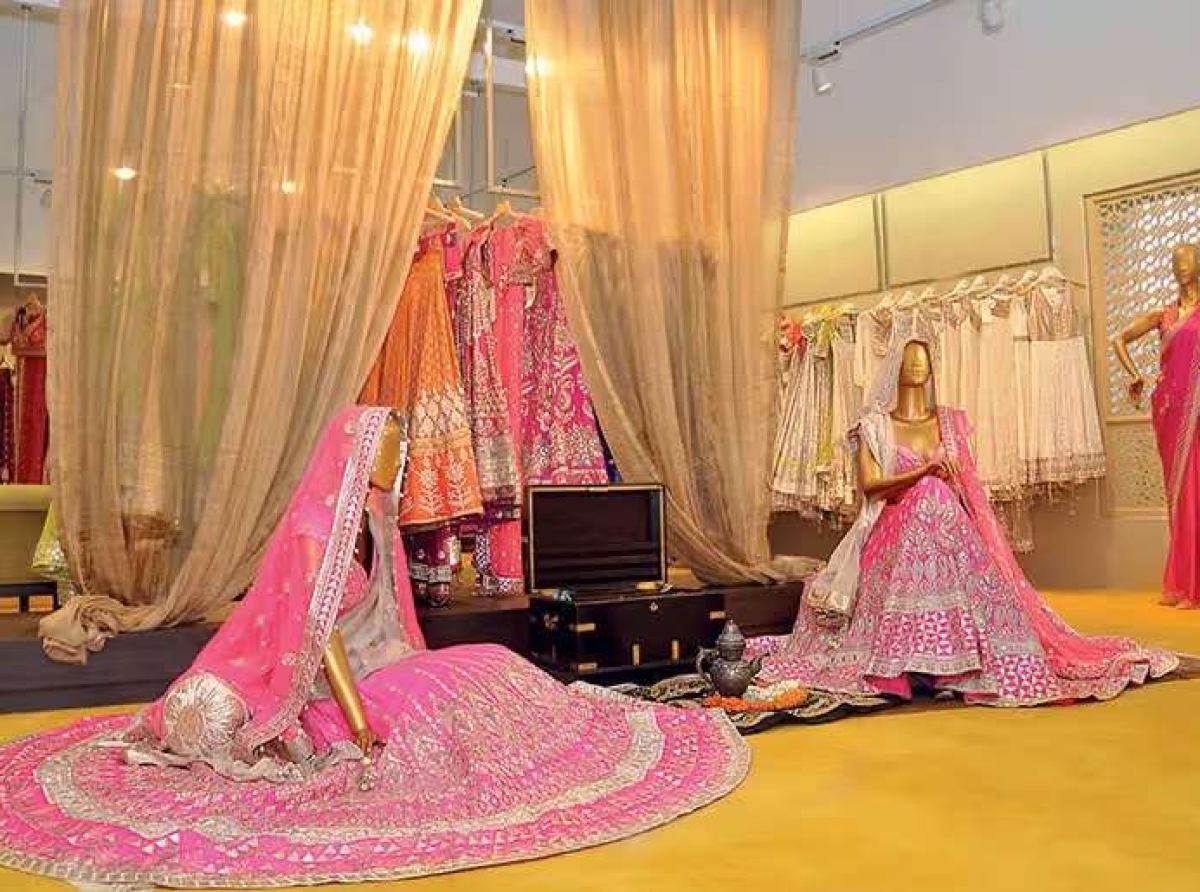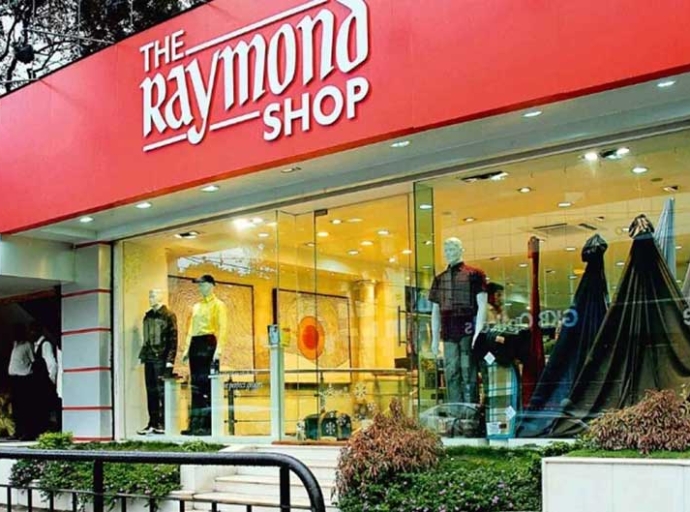Apparel retail sector poised for festive cheer, driven by organized segment: Crisil Ratings

The organized apparel retail sector in India is poised for a steady growth of 8-10 per cent this fiscal year, primarily driven by festive demand, easing inflation, and the rising popularity of fast fashion, according to a recent CRISIL Ratings report. While this is in line with the growth seen last fiscal, it is a slowdown compared to the 11-12 per cent CAGR witnessed between 2018 and 2023. This has prompted retailers to adopt a cautious approach towards expansion, focusing instead on improving efficiencies in existing stores and cost control measures.
While both organized and unorganized segments will contribute to this growth, the report highlights a significant shift in market dynamics. Organized retailers, with their strong brand presence, diversified product offerings, and extensive distribution networks, are gaining ground rapidly. They are expected to outpace their unorganized counterparts, registering a growth of around 20 per cent compared to 10-12 per cent for the latter. For example, Reliance Retail, the retail arm of Reliance Industries has emerged as a dominant player in the organized apparel retail space, with its diverse portfolio of brands and aggressive expansion strategy. Another major player, ABFRL, has been focusing on brand building, digital transformation, and omnichannel retail to drive growth. Similarly, Nykaa Fashion, the online fashion retailer has leveraged its strong digital presence and curated product offerings to capture a significant share of the market.
Key report findings
Mass market dominance: The mass market segment, pushed up by fast fashion, now accounts for 60 per cent of total sales, up from 56 per cent pre-pandemic. Fast fashion's ability to quickly deliver the latest trends at affordable prices has resonated with consumers, driving significant growth in this segment.
Festive & wedding season boost: The festive and wedding seasons are expected to boost demand for premium clothing, further contributing to the overall growth.
Cautious expansion: With a shift in consumer spending towards travel experiences and luxury goods in major cities, retailers are hesitant to expand their brick-and-mortar presence there. Instead, they are focusing on growth in Tier II, III cities where organized retail is still gaining traction.
Stable profit margins: Better inventory management and stable input costs are expected to prevent significant inventory write-offs, ensuring stable operating margins at 7.2-7.4 per cent.
Strong credit profiles: Consistent cash flow and limited reliance on debt will lead to healthy debt metrics, supporting the sector's overall credit profile.
The report predicts, the festive season is expected to provide a significant boost to the sector, with increased demand for premium clothing. However, the overall outlook remains cautiously optimistic. Retailers are adapting their business strategies, focusing on enhancing supply chain efficiency and keeping up with evolving consumer trends, particularly in fast fashion.
What’s driving this change?
Fast fashion: The growing popularity of fast fashion is a major driver of growth in the mass market segment. Retailers are constantly updating their collections to offer the latest trends, attracting consumers who crave variety and affordability.
Changing consumer behavior: Consumer preferences are evolving, with a shift towards experiences and luxury goods in major cities. Retailers need to adapt to these changes to remain relevant.
Tier II, III city growth: Smaller cities present a significant opportunity for organized retail as they transition towards a more modern shopping experience.
E-commerce: While not specifically addressed in the CRISIL report, the growing influence of e-commerce cannot be ignored. Retailers need to develop a strong online presence to cater to the increasing number of digital-savvy consumers.
The report highlights the organized apparel retail sector in India is on a path of steady growth, propelled fast fashion, festive demand, and the growing purchasing power in Tier II, III cities. However, retailers need to remain agile and adapt to evolving consumer preferences and the increasing influence of e-commerce to sustain this growth in the long run.
Latest Publications

































